Archives
- July 2023
- June 2023
- May 2023
- April 2023
- March 2023
- February 2023
- January 2023
- December 2022
- November 2022
- October 2022
- September 2022
- May 2022
- April 2022
- March 2022
- February 2022
- January 2022
- November 2021
- October 2021
- March 2021
- July 2020
- May 2020
- April 2020
- March 2020
- December 2019
- October 2019
- September 2019
- June 2019
- May 2019
- April 2019
- September 2018
- June 2018
A Complete Guide to Remote Sensing Technology
What is remote sensing?
What is the difference between remote sensing and GIS?
A Brief History of Remote Sensing
Remote sensing technology timeline
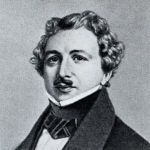
1839
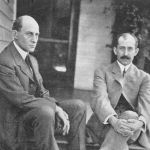
1903
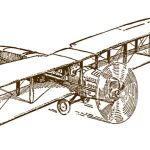
1916
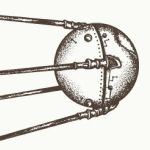
1957
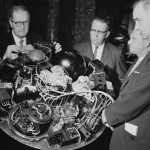
1960
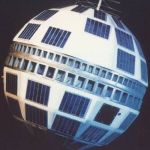
1962
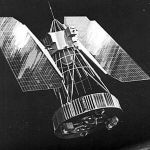
1964
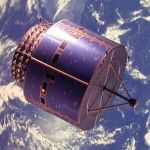
1975
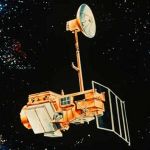
Early 1980s
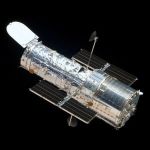
1990
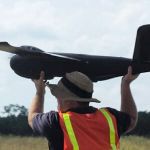
Early 2010s
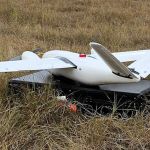
Today
Today, remote sensing is more than just one tool or method — it’s a broad-reaching, interdisciplinary practice that provides decision makers with actionable, real-time information.
Some recent use cases include:
How Remote Sensing Works
The electromagnetic spectrum and remote sensing
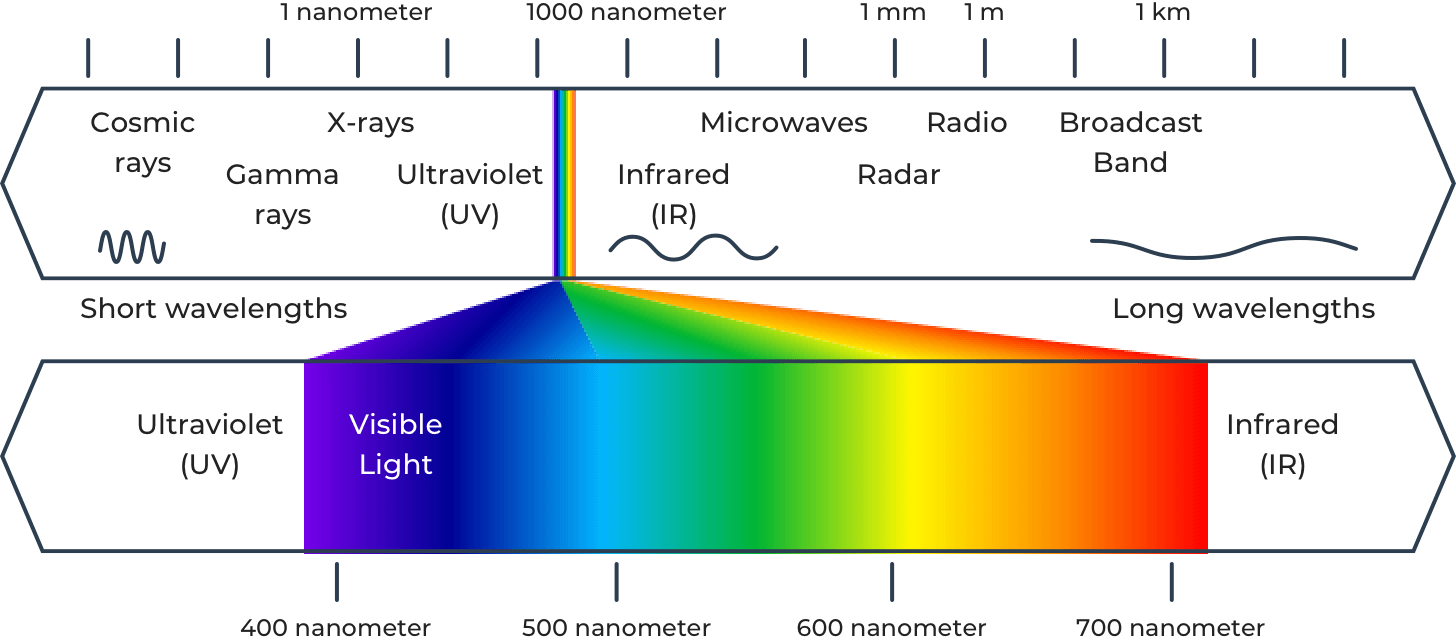
How photogrammetric remote sensing works
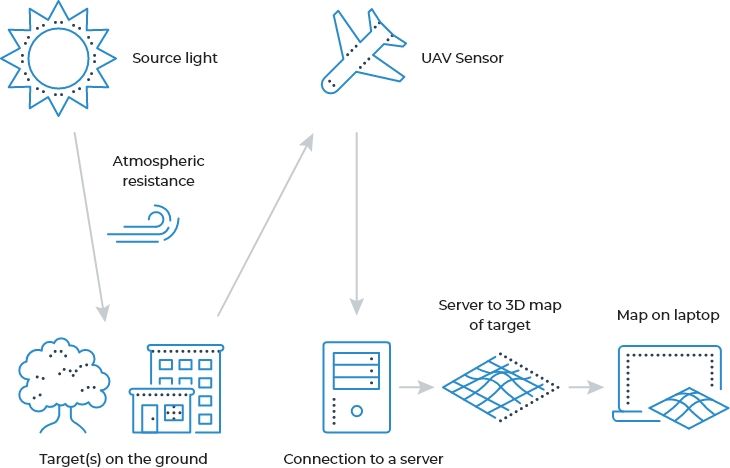
What is spatial resolution in remote sensing?
- Spectral resolution, which describes the capacity of a sensor to document color, infrared light, or other electromagnetic wavelengths.
- Temporal resolution, which describes the time elapsed between images or data sets.
Need help understanding distortion with aerial photography?
What is metadata?
- GPS coordinates
- Time/date
- Focal length
- Resolution settings
- Atmospheric conditions
- And more
Photogrammetry vs. LiDAR
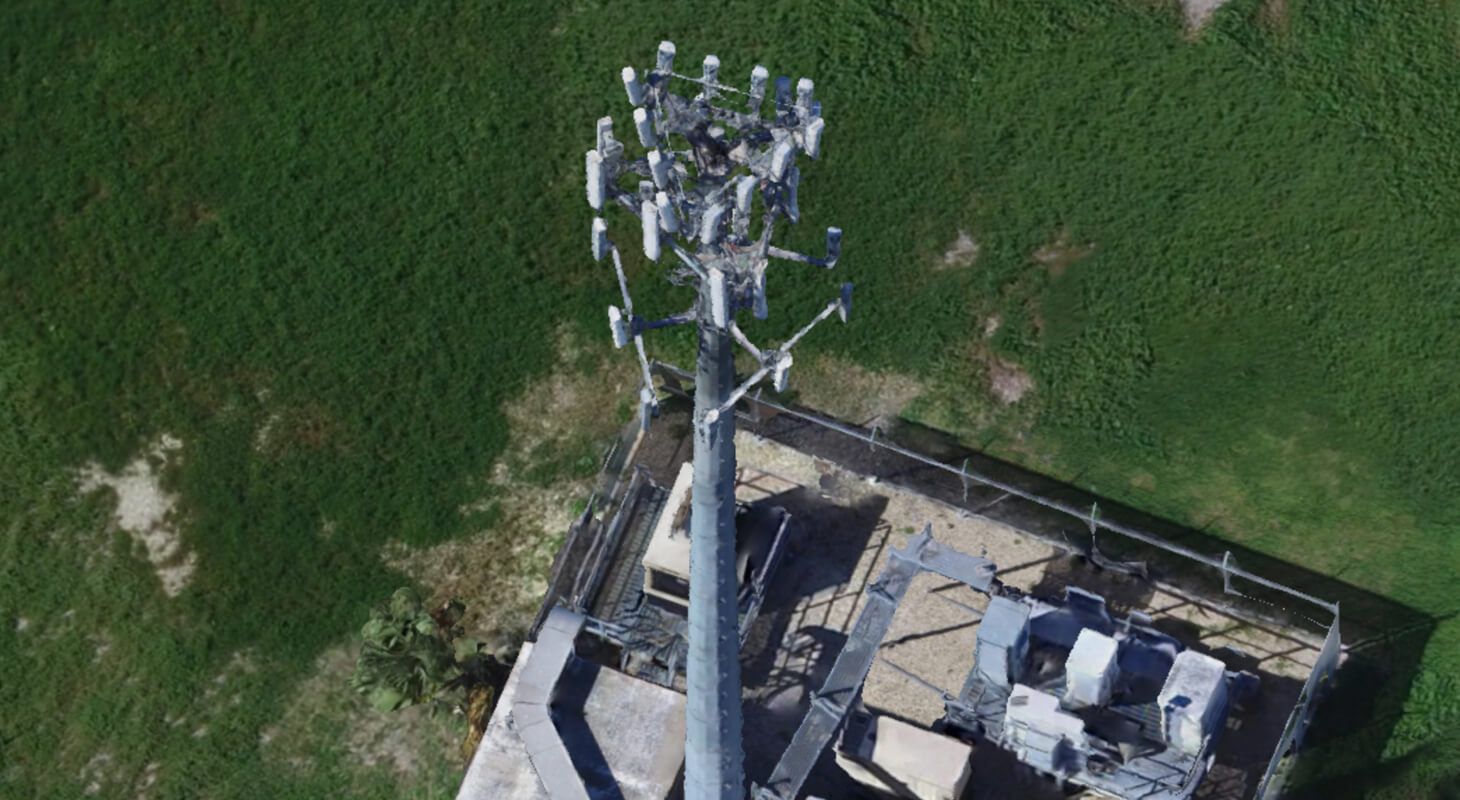
What is photogrammetry?
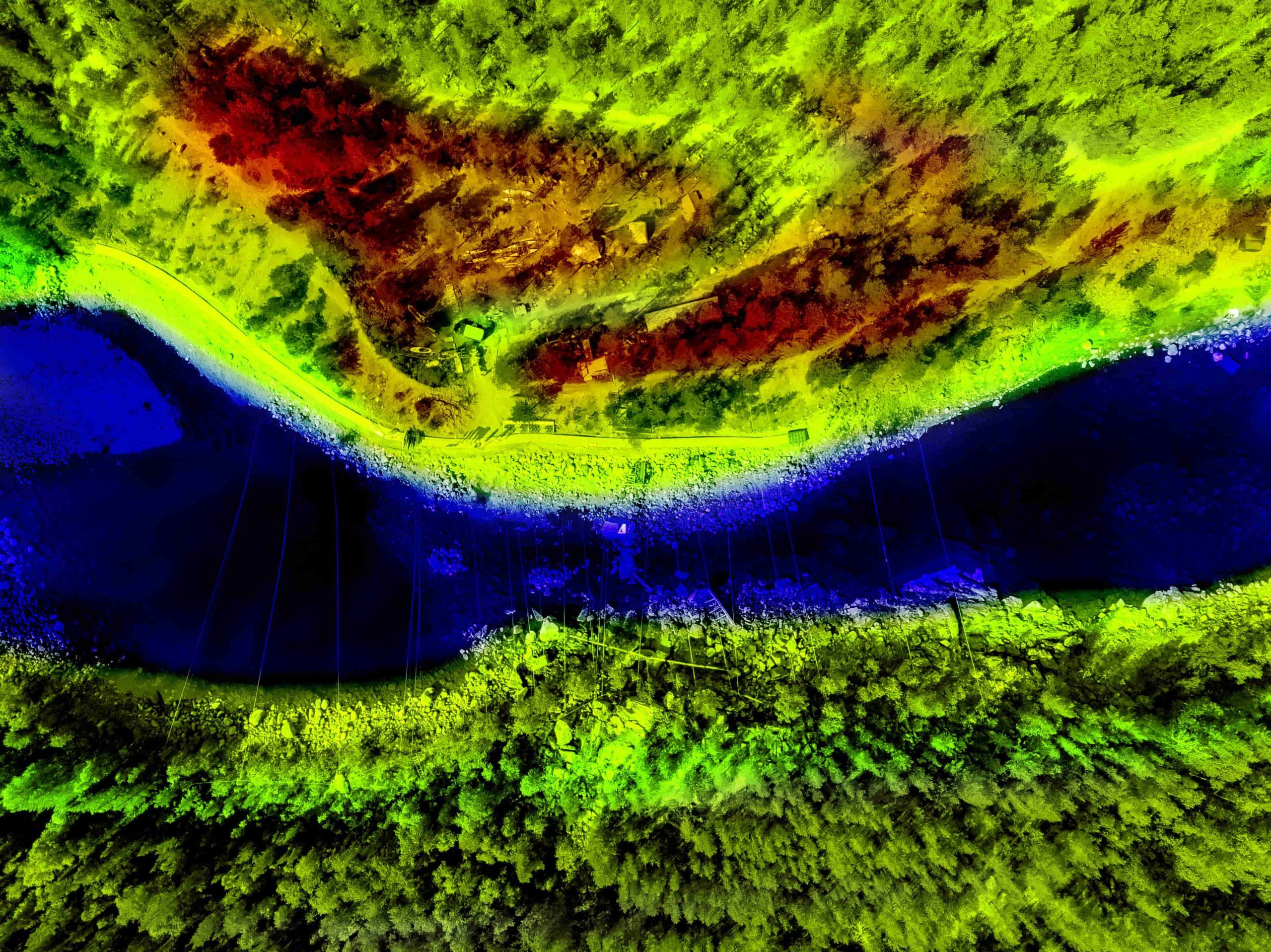
What is LiDAR?
Popular Use Cases for LiDAR and Photogrammetry

What sets LiDAR and photogrammetry apart?
Photogrammetry
Photogrammetry uses positional measurements on objects in aerial photographs to produce surveyor-quality distance assessments.
This method is affordable, and cameras are easy to mount on low-cost UAV technology, which is ideal for generating a lot of data or performing surveillance on a budget.
LiDAR
LiDAR collects more detailed measurements than photography, in part because it uses physical measurement techniques to map distances.
It’s also considerably more expensive to set up and calibrate and lacks a photographic element on its own that is vital for many studies.
Both LiDAR and photography systems for photogrammetry can be mounted on small aircraft or unmanned UAV drones, making them especially useful in situations where climate, remoteness, or the magnitude of a project make manual surveying and documentation resource prohibitive.
Practical Applications of Remote Sensing
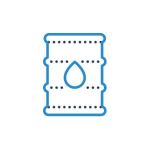
Oil & Gas

Agriculture

Utilities

Telecom
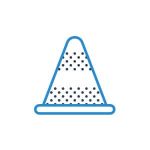
Construction
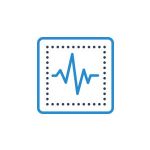
Public safety
The Future of Remote Sensing
Predictive analysis in action
- Disaster risk reduction
- Asset selection and protection
- Event prediction for timely response and recovery
- Economic decision making
- And more
Gaze into the crystal ball with us.
Learn More About Mapware
Mapware is an indispensable asset for researchers, engineers, and project managers in a number of industries. What can we do for you?
Join our mailing list to stay up to date on the latest releases, product features and industry trends.
Mapware needs the contact information you provide to us to contact you about our products and services. You may unsubscribe from these communications at any time. For information on how to unsubscribe, as well as our privacy practices and commitment to protecting your privacy, please review our Privacy Policy.